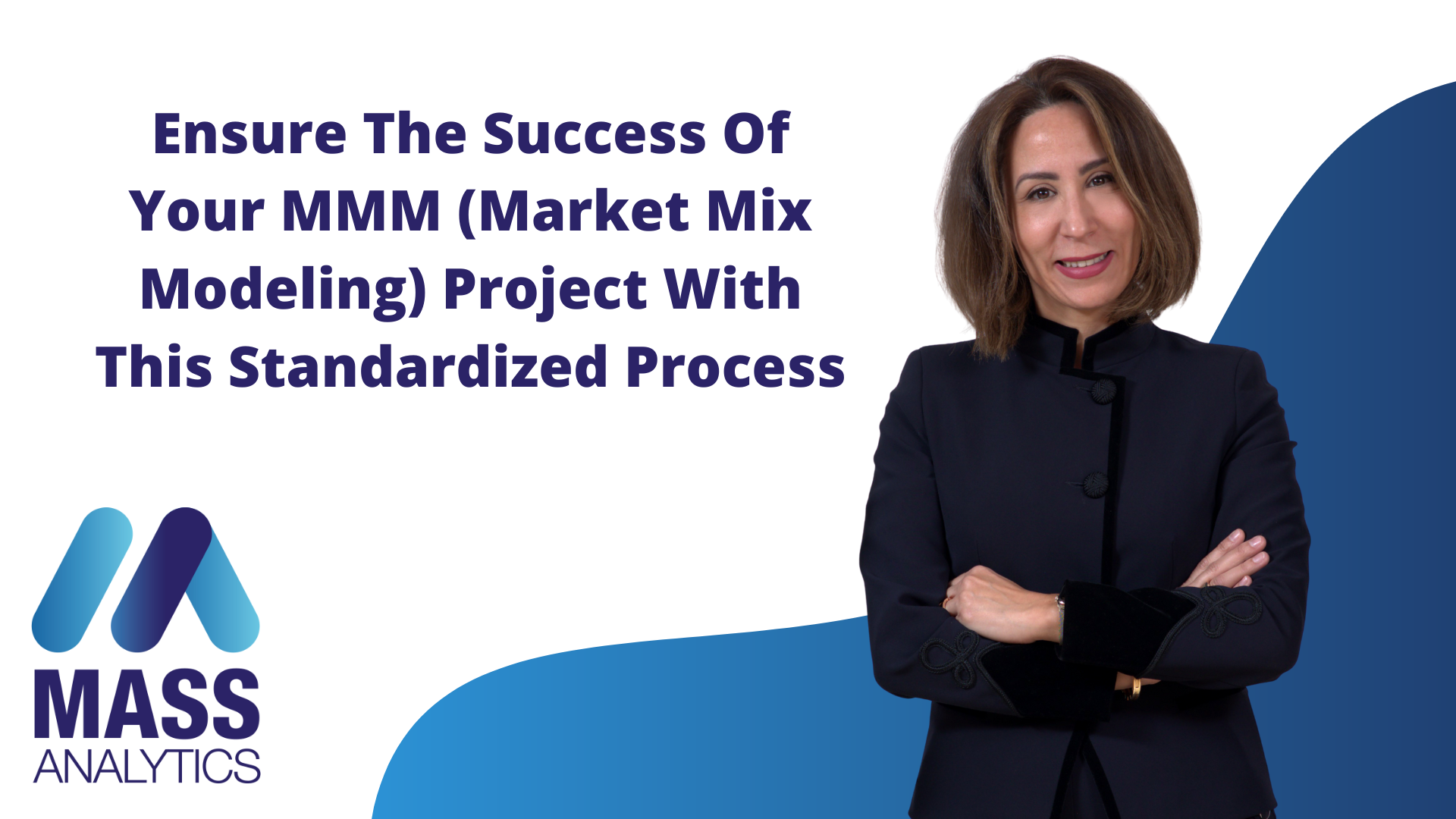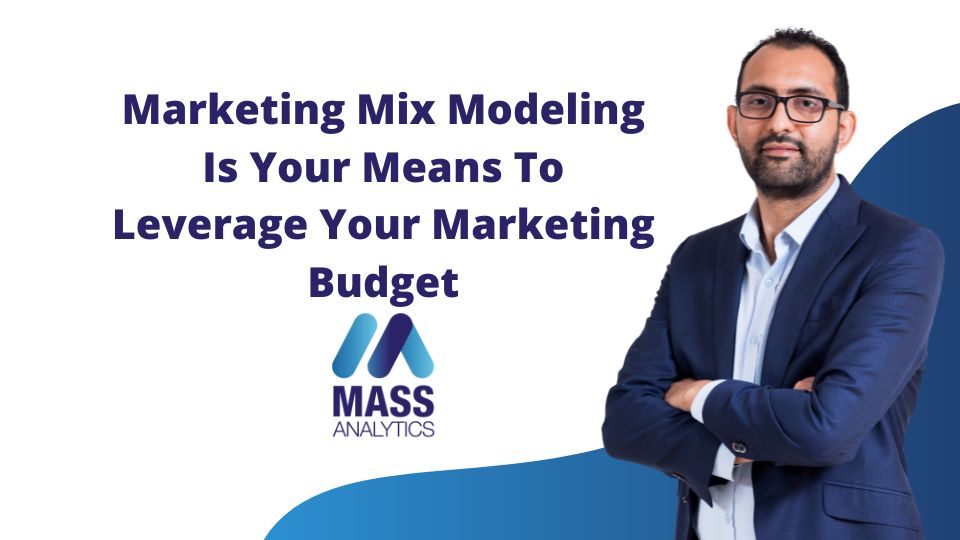Top 5 Marketing Measurement Predictions you Need to check for 2021
Marketing Measurements were instrumental elements in the toolbox of marketers in 2020.
Frankly, no one could have predicted how chaotic 2020 has been, though we did try to give our own 2020 marketing predictions.
The global pandemic affected brand performance metrics, marketing campaigns, and almost all KPIs set at the beginning of the year. However, this year showed the vital importance of analytics and data-driven goal setting. Marketing measurements enabled crisis-facing organizations to optimize their marketing budget, increase customer engagement, reduce Cost Per Acquisition (CPA), and more. As we progress through the new year, here are five Marketing Measurements Predictions for 2021 assessing their impact on users, enterprises, and audience.
Organizations will Prioritize Value for
Money in Marketing Measurement
The new year will go to put more pressure on marketers to prove the Return On Investment (ROI) of their campaigns in terms of sales generated. This is evident in the intentions of many brands to reduce marketing budgets while still aiming to maintain growth. In fact, The IPA’s Bellwether report showed that 30-40% of CMOs intend to cut the research spend on their brands. Reduced budgets mean that marketing professionals are now compelled to optimize their spending on measurement. In fact, many enterprises will try smaller, independent providers that have lower overheads, rather than stop at their first option – their media agency.
An Accelerated Marketing Mix Modeling Adoption
There are three currently visible trends pointing to an increased rate of adoption of Marketing Mix Modeling among enterprises, especially digital ones:
Multi-Touch Attribution (MTA) is disappearing as an option
As third-party cookies continue to disintegrate (on Chrome browsers) or made optional (on apple phones) with time. Digital marketers can no longer use digital audience data in tracking page goals and conversion response. As such, analysts will need another method by which to establish how online content and advertising campaigns affect sales.
COVID-19 revealed the shortcomings of an MTA-focused measurement strategy
2020 saw many KPI-focused marketers become aware of the problems with multi-touch and last-click attribution. During the pandemic, brands saw huge swings in the number of sales metrics that online campaigns were supposedly driving. This was not because the platforms suddenly got better or worse at marketing. It was because the pandemic changed the pattern of demand and sales.
Digital-only enterprises have the means to expand offline
Online shopping largely replaced brick-and-mortar stores during the confinement. As such, e-commerce brands had quite a profitable year. With money in the bank for 2021, many will take their first steps into running offline advertising campaigns on TV and out-of-home. To evaluate how those campaigns worked, many will turn to Marketing Mix Modeling, as the main method, to define and evaluate metrics.
Overall, 2021 will see the unifying trend of measurement approaches, with Marketing Mix Modeling being at the forefront of that movement.
Remote Work is Here to Stay, and Marketing
Professionals will Have to Adjust
The idea that employees will return to their perspective offices in 2021 is nothing but a work of fiction. In fact, the traditional idea of remote work will no longer look as it did before 2020.
Employees are going to continue to enjoy – and most importantly, thrive – in the new flexible work environments, they’ve experienced since remote work became widespread. In the year ahead, the measurement industry will have to account for the changing media consumption and advertising landscapes. To measure this behavioral shift, enterprises will adjust their metrics and campaign analytics accordingly.
“The future we envision for work allows for infinite virtual workspaces that will unlock social and economic opportunities for people regardless of barriers like physical location. It will take time to get there, and we continue to build toward this.” – Andrew Bosworth, VP Facebook Reality Labs
Marketers will Need Better Ways to Evaluate
Online Customer Experience
As many customers stayed indoors during the pandemic, online consumer spending, through websites and social media, reached unprecedented records. In the UK, Emarketer reported historical numbers of E-Commerce growth. A ratio of £1 in every £3 spent by users was online.
Throughout 2021, it’s likely that the proportion of shopping that happens online sales will stay well above historical norms. Professionals can attribute this change in consumer culture to the lockdowns or worries about in-person retail. Yet, it’s partly just because online shopping across devices saves time and costs for people. As such, we can expect that the ratio of online to offline sales will continue to shift.
This will place a higher emphasis on content, websites, and social media. There are two implications that point to a need for more analytics. First, customer experience becoming a goal to track and measure. Second, businesses will need to learn again about what good service looks like online, or via social media.
Many enterprises have analytics, metrics, and KPIs that establish the likelihood of response to a particular customer initiative. It’s a practice that’s grown out of direct mail targeting and modeling, to optimize Customer Relationship Management CRM. However, online and offline businesses will need to know the propensity of an initial response and its effect on sales and costs. Gaining that knowledge will enable more value generation and growth through the brand’s campaigns.
Continued Rise of Agile Marketing Analytics and Measurement
Marketers will have a growing need to model their campaign’s impact on sales in record time, and not just on social media. By running analytics in a low-latency customer data platform, marketers can see how their campaigns are performing.
From there, businesses can assess their ongoing campaigns, and identify underperforming segments that may not be worth the cost. Consequently, content, targeting, and other campaign details can be quickly adjusted to optimize Return On Ad Spend (ROAS) and minimize Cost Per Acquisition (CPA).








